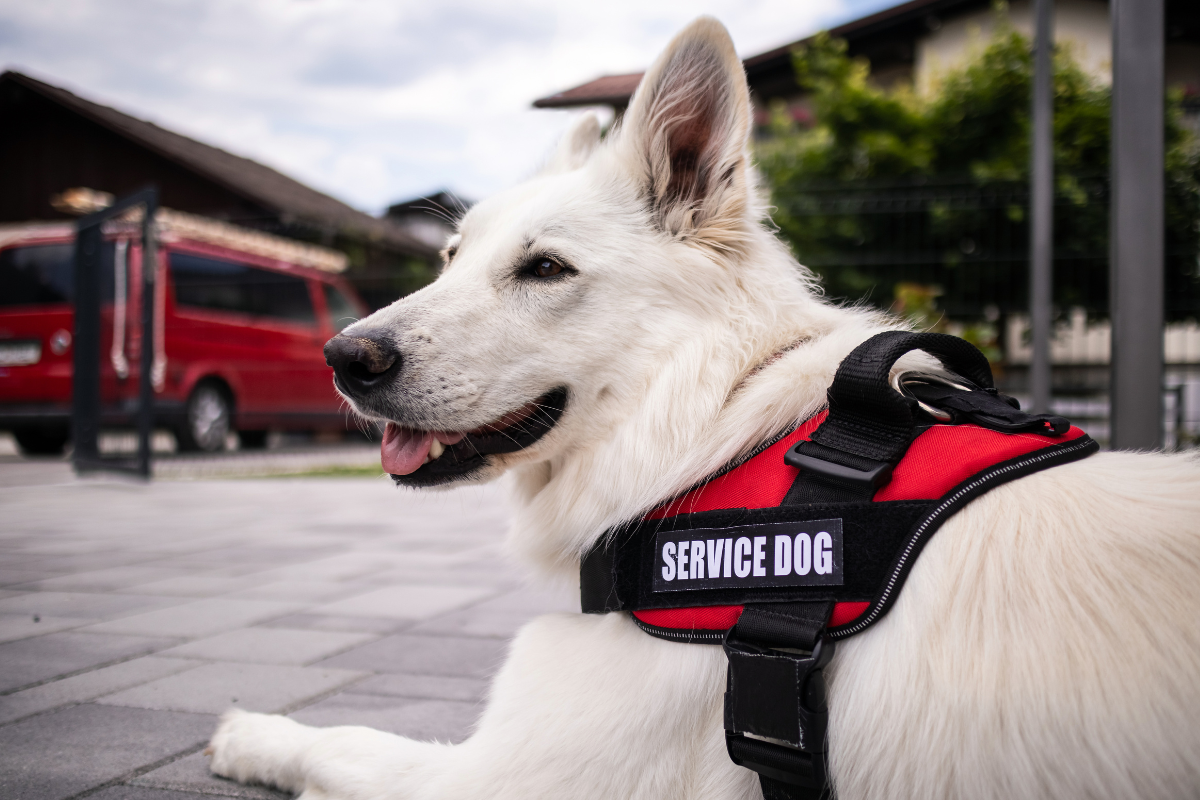Training a service dog is a multifaceted process that requires dedication, patience, and a thorough understanding of the tasks your dog will need to perform. Whether you're training the dog yourself or seeking professional assistance, it's essential to follow a structured approach to ensure your service dog can effectively assist with your specific needs.
1. Understanding Service Dog Roles
Service dogs are trained to perform specific tasks that mitigate their handler's disabilities. These tasks can include guiding individuals with visual impairments, alerting those with hearing impairments to sounds, pulling a wheelchair, alerting and protecting a person who is having a seizure, or reminding a person with mental illness to take prescribed medications.
2. Selecting the Right Dog
Not every dog is suited for service work. Breeds commonly chosen for service roles include Labrador Retrievers, Golden Retrievers, and German Shepherds due to their intelligence, temperament, and trainability. However, the individual dog's health, behavior, and ability to perform specific tasks are more critical than the breed.
3. Training Process
Training a service dog typically involves several stages:
-
Basic Obedience Training: Teaching fundamental commands such as sit, stay, come, and heel.
-
Public Access Training: Ensuring the dog behaves appropriately in various public settings, maintaining focus, and remaining calm.
-
Task Training: Specialized training tailored to the handler's specific needs, such as retrieving items, providing balance support, or alerting to medical conditions.
4. Professional Training Organizations
Several organizations specialize in training service dogs:
-
Guide Dogs of America: Provides guide dogs and training for individuals who are blind or visually impaired.
-
Paws With A Cause: Custom-trains assistance dogs for people with disabilities.
-
Assistance Dogs International: A coalition of organizations that train and place assistance dogs, setting standards and promoting excellence in the industry.
These organizations often have rigorous training programs and can be a valuable resource for those seeking a professionally trained service dog.
5. Self-Training Your Service Dog
The Americans with Disabilities Act (ADA) allows individuals to train their own service dogs. This approach requires a significant commitment of time and effort. Disabled creators on platforms like TikTok have shared their experiences and challenges in self-training their service dogs, highlighting the importance of consistency, patience, and access to training resources.
6. Certification and Legal Considerations
While the ADA does not require service dogs to be certified, some states have their own regulations. It's essential to familiarize yourself with local laws and ensure your service dog meets all necessary requirements. Assistance Dogs International provides resources on standards and accreditation for service dogs.
7. Ongoing Training and Maintenance
Training doesn't end once the dog has learned the necessary tasks. Regular reinforcement of commands and behaviors is crucial to maintain the dog's skills and effectiveness. Engaging in continuous training sessions and keeping the dog physically and mentally stimulated will ensure a long, successful partnership.

